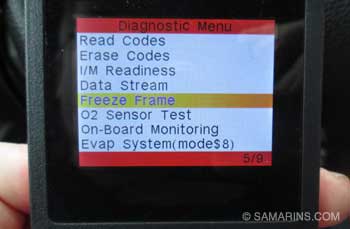

To get more precision, the oxygen pump uses a heated cathode and anode to pull some oxygen from the exhaust into a "diffusion" gap between the two components. When there's a difference in oxygen levels across the zirconium dioxide sensor element, current flows from one side to the other and produces a voltage ( Figure 1). The Nernst cell still senses oxygen in the same way that a conventional thimble-type O2 sensor does. This new Bosch LSU 4.X wideband air/fuel ratio sensor combines the oxygen-sensing "Nernst" cell from the planar sensor with an "oxygen pump" to create a device that can actually measure air/fuel ratios. The new heater element also requires less electrical energy and brings the sensor element up to operating temperature in about 10 seconds. The new design works very similar to a thimble-type zirconia dioxide sensor, but this "thick-film" design as it is called makes it smaller and lighter, and more resistant to contamination. The name "planar" was used because the sensor element is a flat strip of ceramic that is at or about 1.5mm in thickness. In 1997, Bosch developed a flat ceramic zirconia element rather than a thimble design for their oxygen sensor. The first question that comes to mind is how does this sensor work? It is a Bosch LSU 4.9 wideband air/fuel ratio oxygen sensor (5 Wire). But this vehicle had a different type of oxygen sensor. This was a somewhat easy task for zirconia dioxide oxygen sensors. There are many vehicles where the oxygen sensor can be used as a common tool to embrace this concept. The vehicle was being inspected in preparation for emissions testing, and we have always used a common rule that if you are looking at good engine performance and emissions, the vehicle must be in fuel control. My journey begins with a 2005 Nissan Altima.


 0 kommentar(er)
0 kommentar(er)
